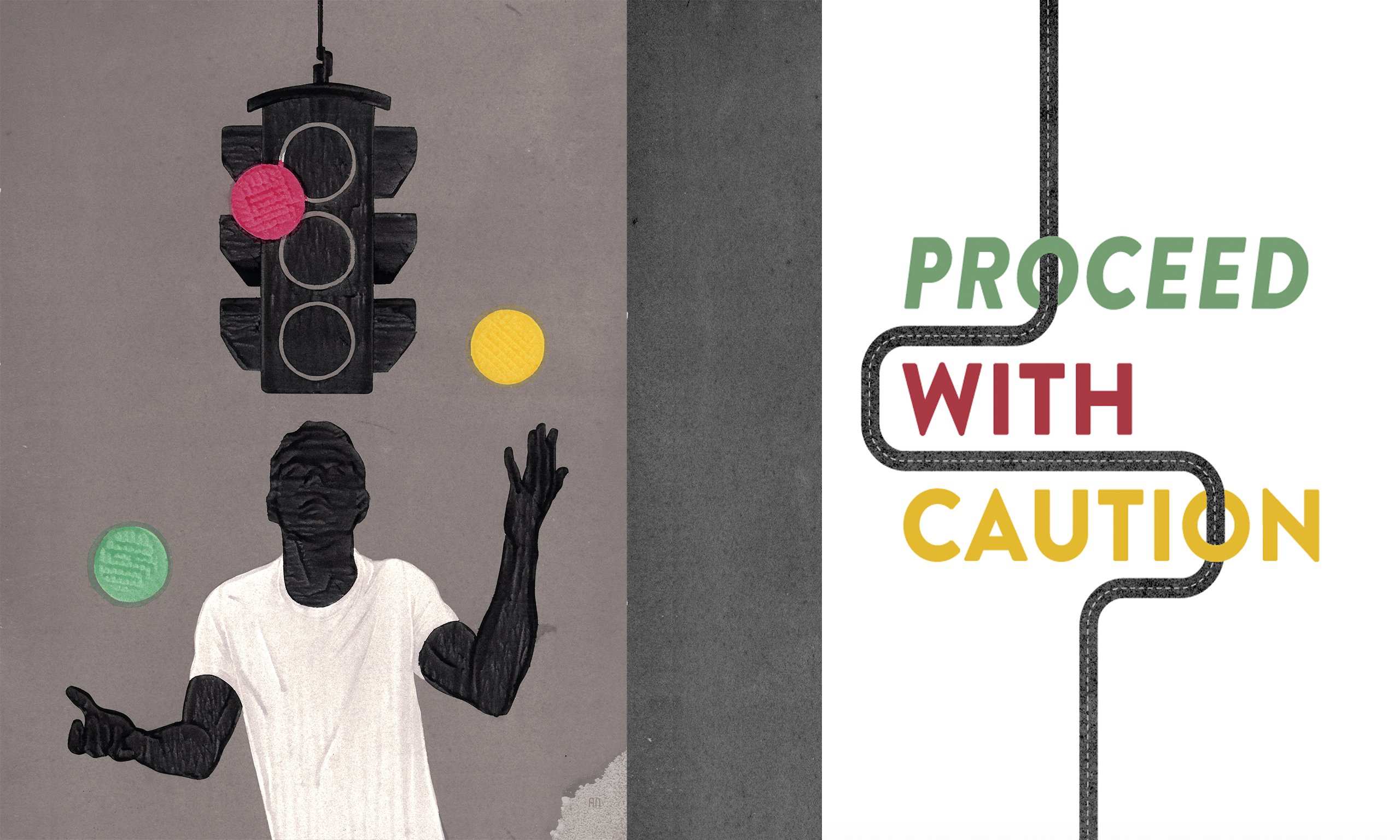
New research from the Netherlands Institute for Neuroscience sheds light on how the brain juggles morally conflicting outcomes during learning. ‘People choosing their own gain at the expense of others were able to understand and empathize with the potential negative impacts, but still ultimately choose to pursue their own benefit.’
We sometimes have to learn that certain actions are good for us, but harm others, while alternative actions are less profitable for us, but prevent harm to others. How we juggle these morally conflicting outcomes during learning remains unknown. In particular: if you ultimately want to go for the most profitable option for yourself, would you avoid realizing that this hurts others?
Here, researchers from the Netherlands Institute for Neuroscience show that participants differ substantially in their preference, with some choosing actions that benefit themselves, and others, actions that prevent harm, and were therefore in a unique position to explore how people deal with the ‘collateral damage’ this choice entails. Do they turn a blind eye or act in full awareness? Laura Fornari, Kalliopi Ioumpa and their team supervised by Valeria Gazzola and Christian Keysers looked into the question of how participants learn the uncomfortable truth that sometimes self-money means other-harm and vice versa; and how they adapt to changes during the tasks.
Test with symbols
During the experiments, participants had to learn that one of two symbols led to high monetary gains for the self 80% of the time, and to a painful but tolerable shock to the hand of a fellow human being with the same probability. The other symbol led to low monetary gains for the self 80% of the time, and to lower intensity, non-painful shocks to the confederate with the same probability. At the beginning of each block, participants did not know the associations between symbols and outcomes.
“Overall, people had stable preferences: some tended to choose the option that gave them more money, others the option that prevented shocks to others. This was already known from previous studies. The question we were really interested in was how they would learn which symbol satisfies their preference” Valeria Gazzola, the senior investigator of this project explained. “And this is where things became interesting: would someone that ultimately wants to make money, and hence wants to choose the option that delivers more money, conveniently ignore that this hurts others”?
Avoiding empathy to minimize moral conflict?
Laura Fornari: ‘Using computational modeling we showed that this is not the case: participants tracked expected values of self-benefits and other-harms separately throughout the task. This means that participants that over time chose to maximize their benefits learned and remained aware of the pain they were causing to the other. Brain patterns coding the pain of others were indeed found to correlate with how much pain we expect our choice to cause. This suggests that even when attention is directed to the specific aim to maximize our gain at the expense of others, empathic responses do still occur allowing us to remain aware of the pain we cause”
But why do people do that? Why don’t they make their lives easier, and concentrate on their own gains at the exclusion of the pain of others? The team could show that this is probably to allow participants to adapt to changes in circumstances. The authors suddenly removed one of the two forces in the moral dilemma. “We told the participants that in the next ten trials, all was going to be the same, except that we wouldn’t pay out any of the money anymore”, explained Laura Fornari. If participants hadn’t learned which symbol was hurting the other participant, despite the money taken out of the occasion, they may have just continued to use their preferred symbol. Yet, they quickly shifted away from it because they knew it would hurt the other.
“With this task modification, we were also able to show that despite participants updating their choices according to the removed outcome, this shift was not total, and a bias toward the preferred outcome remained. This suggests that people maximizing self-benefits will now choose that option less often than when money was being paid out, but will not completely change their decision to go for the other-benefiting option all the time. How much weight we give to money does influence our choices and how much we learn about the pain of others. ” continues Christian Keysers.
But what exactly happened in the brain of the participants?
“We know where in the brain people normally process the pain of others. In those brain regions, we found activity that tracked how much pain the other person was receiving independently of the preferences of the participant. This accounts for why even the more selfish participants knew about the pain they were causing. However, brain regions associated with value signals were representing the pain of others less in participants that chose less often to prevent harm to others. Our brain thus juggles moral learning in interesting ways: somewhere we realize what we do quite objectively, while somewhere else, we value this impact more or less depending on our ultimate goals,’ concludes Kalliopi Ioumpa. Laura Fornari: “Looking at future directions, our novel approach that combines learning and decision making in a morally conflicting context could be applied to atypical populations that manifest less socially-adaptive behaviors. For example, it would be interesting to investigate whether individuals with antisocial tendencies present a similar ability to track separate associations over time, or whether they are more able to suppress their responses to the pain of others and mainly focus on the outcome of interest.”


Leave a Reply